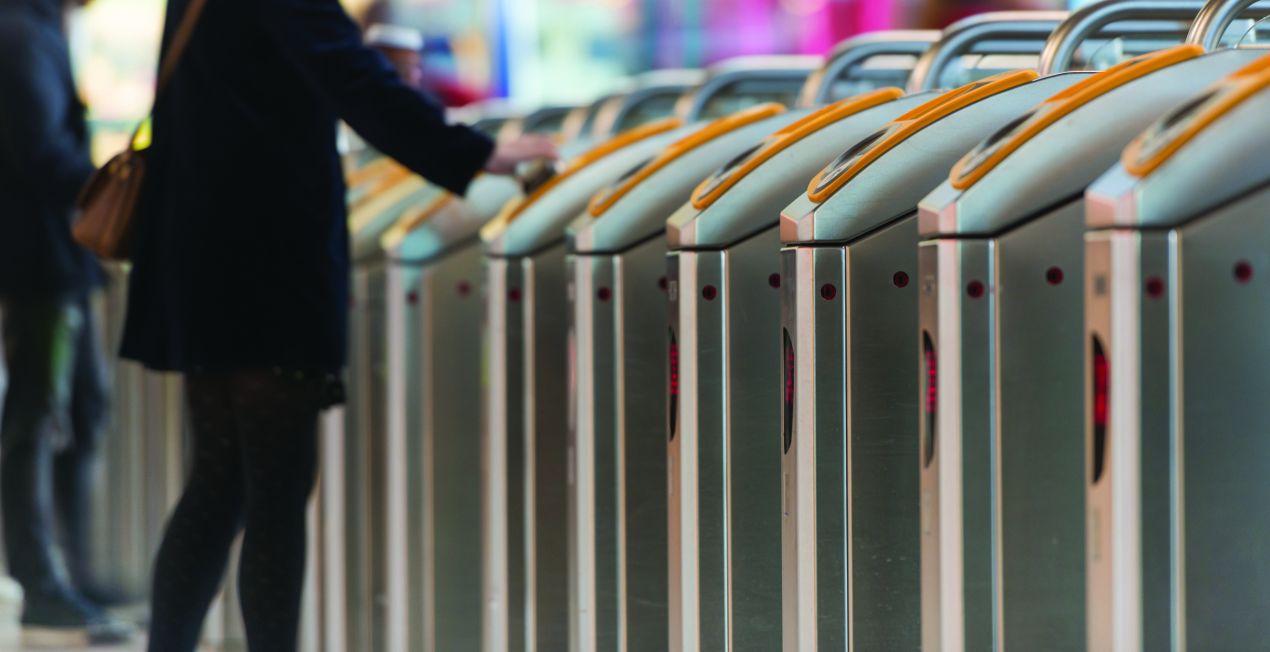Rail fares in most of Europe were at one point strictly regulated as a function of distance, in many cases to avoid private sector railways exploiting their market power. While some European railways still have such “kilometric” fares, at least for longer-distance travel, recent work by Steer Davies Gleave has revealed increasing diversity in not only the structure and level of fares but also how they are sold as tickets.
Pressure from competing airlines, and in some cases from open access rail operators, has led many rail operators to abandon kilometric fares in favour of charging what the market will bear or, increasingly, offering discounts for less flexible advance purchase or off-peak tickets. There is also a divergence between long-distance and international fares, typically left to the market, and regional and suburban fares, typically specified by the relevant local authorities and tailored to commuters and those who need to change between rail, tram and bus.
Many larger cities have now switched to zonal fares, whether a single zone covering the whole city, or concentric rings, or sectors or a mosaic of zones, some of which extend up to 50 kilometres from the city centre. Varying the number and size of the zones, and the discounts for all-day or period tickets, allows the authorities to vary the relative prices paid in the city centre and the suburbs, by peak and off-peak passengers, or by regular users or brief visitors.
One consequence of local variations in fares is that every city has a different approach. In some cities fares are based on distance, or the number of zones entered, but in others each ticket is valid for a specific period of time. A “day” ticket may be valid on a calendar date or, as in Budapest, for exactly 24 hours after it is bought. The range of discounts available for particular groups varies widely: transitions between free travel, child and adult fares occur at almost every age up to 18, or in some cases are deferred for students or the unemployed. Fares for the elderly may apply from a particular age, or from industry-specific retirement dates, or be linked to a pensionable injury. Discounted or free travel may also be offered to families or groups of unrelated people travelling together. In some states parents have railcards entitling any children with them to a discount, but in others children have railcards nominating the parents and grandparents with whom they may travel.
Two European states, the Netherlands and Switzerland, have divided their entire network into fares zones, although individual cities or conurbations can still offer local fares and discounts. In the Netherlands, the OV-Chipkaart smart card allows passengers to pay for any journey by touching in and out, although lower fares may be available. Switzerland offers four different types of season ticket, depending on whether commuters wish merely to travel between two points, or to include local travel at one or both ends, or to have access to all modes of public transport across a particular area.
Smart cards such as the OV-Chipkaart are becoming more common but require the provision of card readers which may not be cost-effective unless, as is common in Great Britain, they are accompanied by barriers which also reduce or prevent ticketless travel. Many cities with a tradition of “open” public transport systems, in contrast, have retained paper tickets, backed up with random ticket inspections, although in some cases M-tickets, displayed as a bar or QR code, can be bought and “carried” on a mobile phone.
London, which introduced its Oyster smart card in 2003, now accepts payment by contactless credit and debit cards from banks around the world, meaning that visitors need only “touch in” and “touch out” with their existing card to pay for their travel.
Contactless payment began on the buses in December 2012, expanded to other modes in September 2014, and by July 2016 more than 500 million journeys had been paid for with more than 12 million cards from 90 different countries. In July 2016 Transport for London signed a licence agreement¹ allowing the underlying system to be used by other cities.
¹ Details of the licensing agreement can be found here:https://tfl.gov.uk/info-for/media/press-releases/2016/july/licencing-london-s-contactless-ticketing-system
Written by Dick Dunmore.
